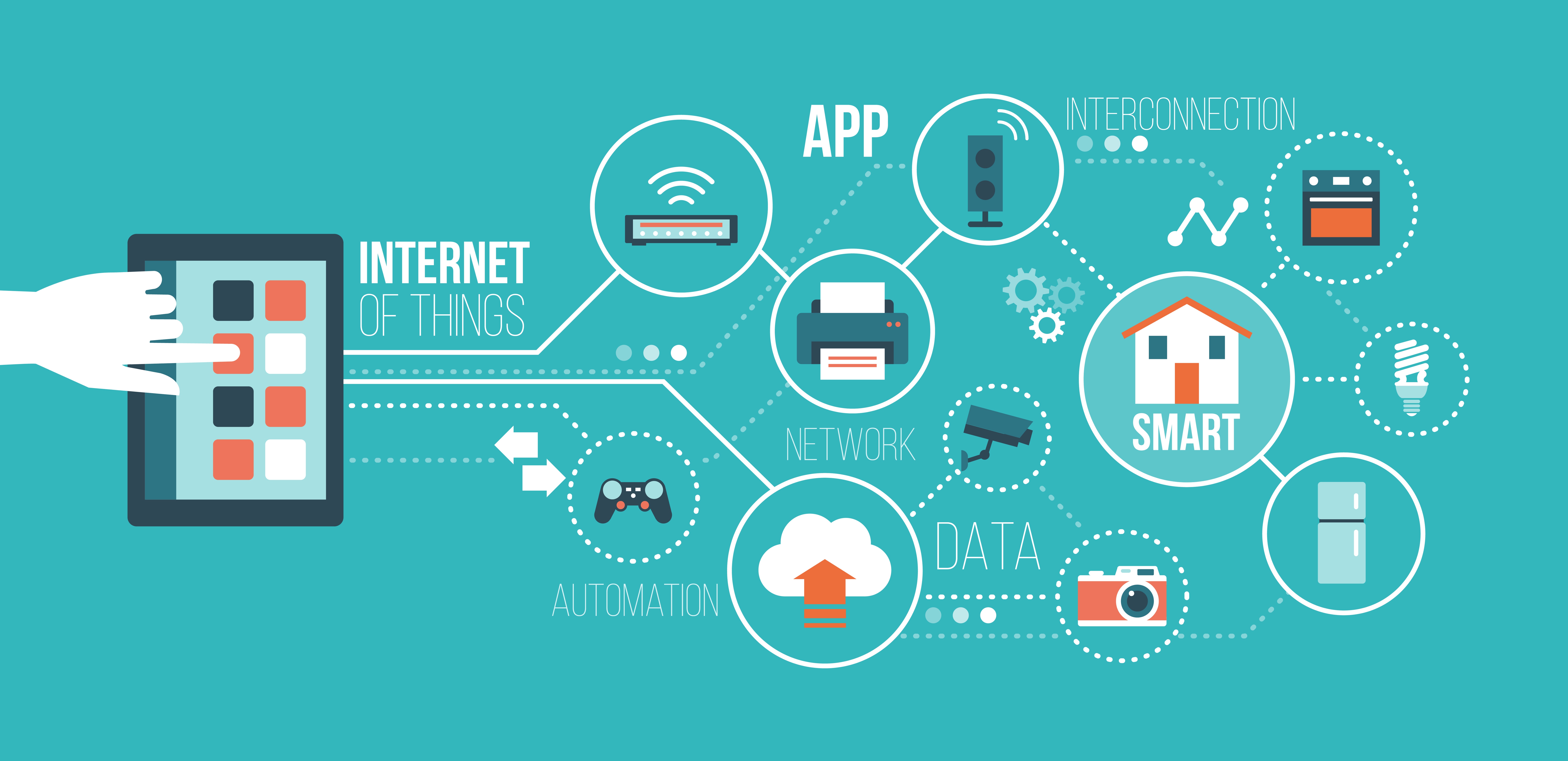Last month, a deep brain stimulation (DBS) implant was successfully inserted in the Parkinson patient’s brain by a Chinese doctor after a 3-hour surgery. But that’s not it. He did so while being 3000 kilometers away from the patient. How’s that even possible? Many would wonder. Well, the doctor performed the world’s first ever 5-G based remote brain surgery. The use of a fast & effective 5-G network and the interconnected devices made the surgery possible. This is the importance of IoT in present and future.
Although many of the consumers don’t know or understand IoT, they use the products which use IoT technology every day. The best example for this is the wearable devices. And the wearable devices are gaining more and more popularity, especially among the health conscious millennials and the doctors are also recommending the patients to use such devices as it helps the patients keep track of their vitals. The latest IDC Worldwide Quarterly Wearable Device Tracker report says that wearable devices market grew 31.4% during Q4-2018, with 59.3 million units shipped. The market looks bright in 2019 too as a Gartner report from December 2018 said that YoY increase in global shipments of wearable devices will be 25.8% for the year 2019.
IoT also ensures the effective treatment of patients in the hospitals as the doctors and nurses are able to access the critical patient’s vitals all the time and hence improving the response time in case the patient faces some urgent issues.
Those are a few of the possible applications of IoT in healthcare or IoHT. But apart from healthcare, IoT can be used in various industries for product improvements, from the country’s defense system to finance and many others.
IoT with blockchain can be used to create a digital identity of the devices like laptops, mobile phones, iPads, etc. that we use every day for effective security of the devices. Gartner says that by 2020, more than 20 billion devices will be connected and the security of these devices will be the utmost importance given the valuable data that these devices will be carrying. IoT with blockchain can be used to create a dual factor authentication, a security system which is decentralized and hence difficult to attack and also hardware protected.

